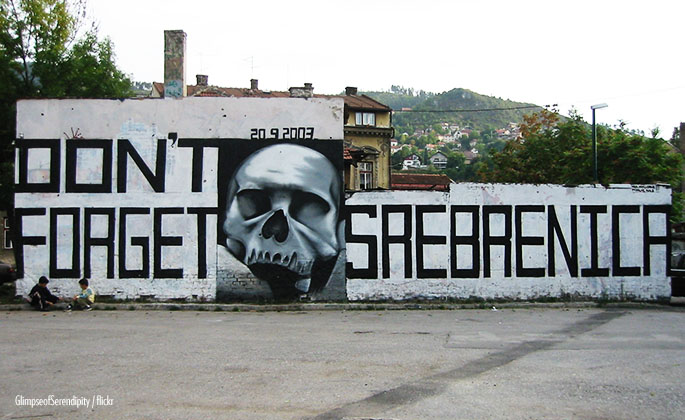
Prevention, Assistance and Intervention: How the Responsibility to Protect has Made a Difference in Situations of Mass Atrocities
By Shayna Halliwell, an M.A. student in human rights
This article is Part One of a two-part op-ed series exploring the different sides of the R2P debate.
------
“The atrocity crimes that stain humanity’s conscience make it imperative that leaders transform R2P from a vital principle into visible practice.”
United Nations Secretary General Ban Ki-moon made this statement in an informal dialogue on the Responsibility to Protect (R2P) in September 2015. R2P officially celebrated its tenth anniversary this year, and has achieved major successes since its unanimous approval by UN Member States at the World Summit in 2005.
Created at the urging of the Secretary General at the time, Kofi Annan, as a response to the mass atrocities committed in Rwanda and Srebrenica, the concept of R2P exists first and foremost to prevent mass atrocities from occurring. It does so by supporting the state in protecting its populations from four major crimes: genocide, war crimes, ethnic cleansing and crimes against humanity. Only when states...


